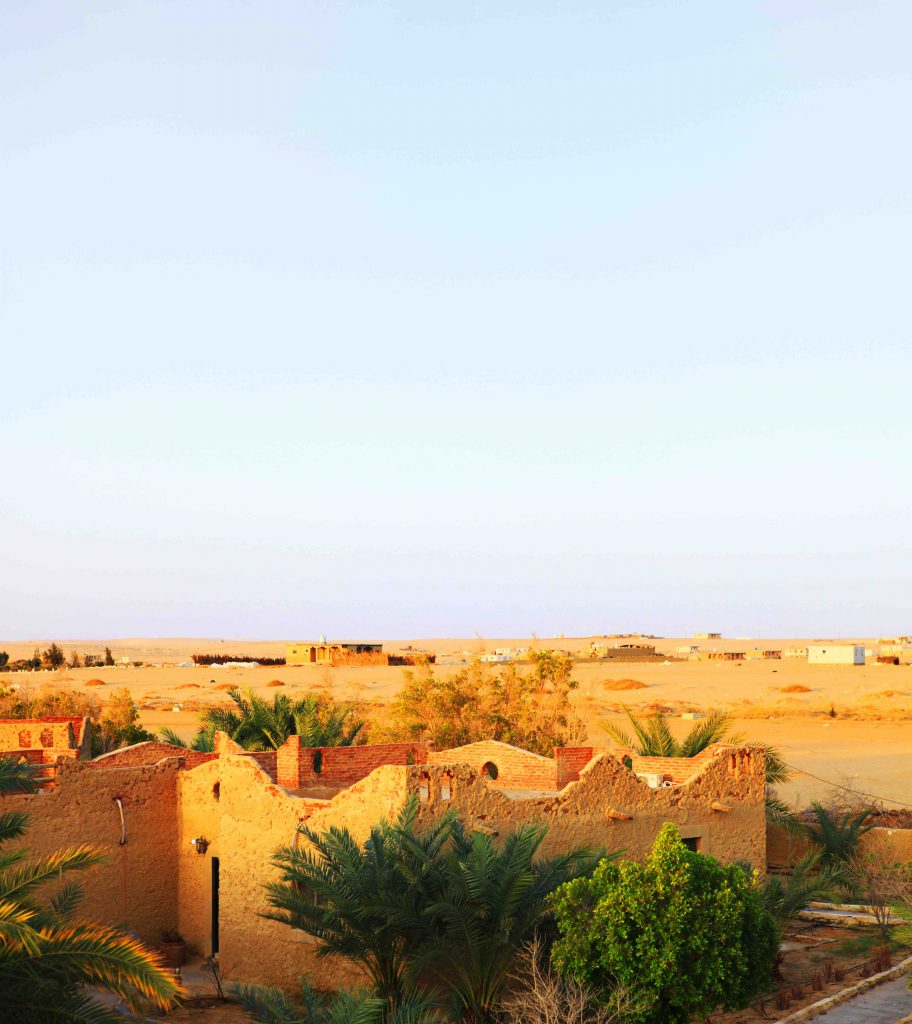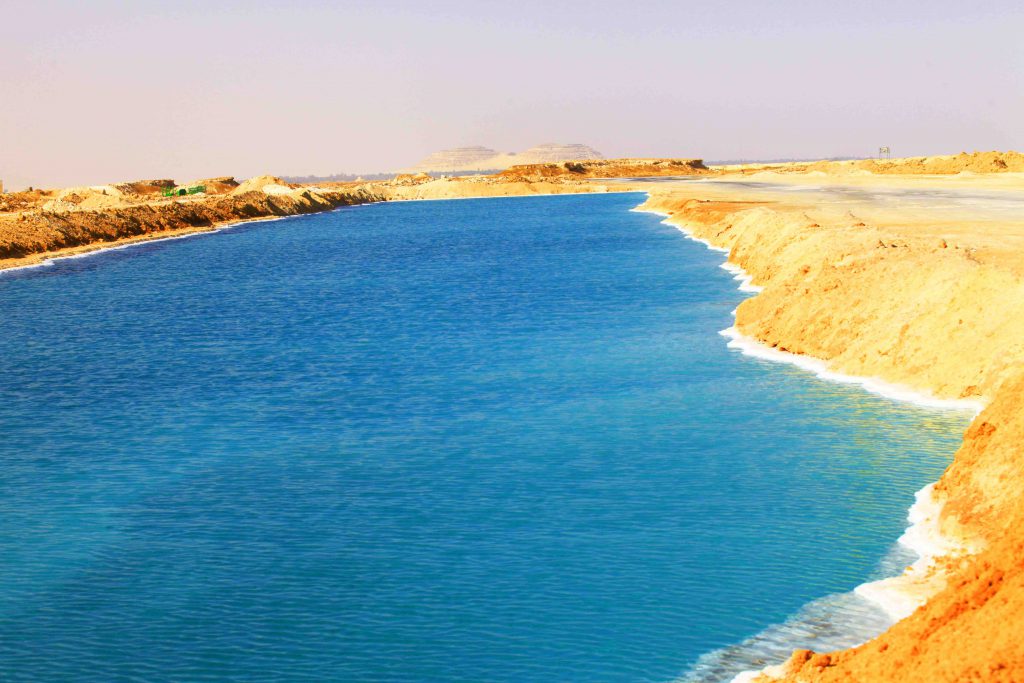Story & Photos THAI A
A journey to Egypt’s Siwa Oasis offers stunning scenery and magical moments in the sand.
Many travelers like to use the phrase “following the Alchemist’s footsteps” to describe their journey across the Sahara Desert to the Siwa Oasis, inspired by Paulo Coelho’s The Alchemist. The book’s most notable bit of wisdom states, “When you want something, all the universe conspires to help you achieve it.” However, that book’s protagonist didn’t experience many of the adventures that today’s desert offers to visitors. On a rising wave of tourism, people come to Egypt not just to visit the Pyramids and ancient temples but to explore beyond these landmarks.

The mysterious, arid desert – once reserved for adventurers and large merchant caravans armed with weapons, supplies and unwavering faith in higher powers – has transformed into an ideal destination for travelers. Here, one can step back in time as traces of ancient civilizations remain preserved in the sands.
Even those less interested in history are likely familiar with Queen Cleopatra, subject of Pascal’s witty observation: “Had Cleopatra’s nose been shorter, the whole face of the world would have been changed.” But what connects this legendary beauty to desert adventures? The answer lies in the Siwa Oasis, where the pool the queen once bathed in remains intact.
Whether fact or fiction, no one debates its authenticity; visitors enjoy touching the crystal-clear water, experiencing the coolness of this green oasis amid the sun-drenched, windy desert. Siwa also features a peculiar turquoise salt lake, providing an ideal backdrop for photos with striking color contrasts. Gazing upon the same waters where the queen once saw her reflection is an unforgettable, once-in-a-lifetime experience.

Siwa is vast, with hundreds of restaurants and hotels, most featuring a rustic style with thick walls surrounded by date palms. Dates are abundant in the land of the pharaohs, many growing in public spaces where visitors are welcome to pick the fruit. While no one objects to this fun activity, few pick many dates, as the unprocessed fruit – though red and ripe – maintains a tartness that overpowers its sweetness.
The radiant clusters of red dates against yellow walls, rooftop terraces offering desert vistas, and charming café verandas create perfect photo opportunities for visitors. But for a true taste of nomadic life, one must experience drinking tea in the wilderness.
As the off-road vehicle races across sloping sand dunes, moving further away from the oasis, one can’t help but wonder how ancient travelers crossed the desert: did they navigate by stars or shadows, with no clear reference points? There are only endless high and low dunes, which constantly change their appearance with the wind. Suddenly, just as abruptly as the journey began, the vehicle stops for afternoon tea – the famous Middle Eastern black tea, brewed with milk and offering an enchanting flavor.

Spreading mats on the sand, lighting camp stoves as the afternoon sun fades and the sky slowly shifts from blue to purple before darkening to reveal the starlit heavens – such a poetic evening leaves a lasting impression. The further one moves from comfort, the smaller one feels amid nature’s vast expanse. Here, under the clear sky, the universe unfolds with billions of brilliantly shining stars. In the silence of the void, even the most talkative visitors fall quiet, as if any sound might disturb the desert’s descent into slumber.
Daylight hours are spent running on sand, sledding down slopes, and laboriously climbing back up. But in the evening, the small, flickering flame from a makeshift stove seems to emit a special warmth that draws people closer together. Such is the stark desert – its magnificent scenery and vast spaces allow minds to soar into realms of fantasy.










